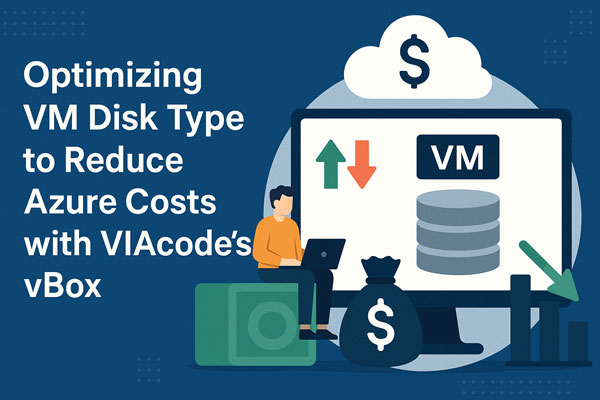Do you know what you need to know about the state of your organization’s Azure infrastructure? For many SMEs, the answer is no. Is anyone responsible for monitoring Azure infrastructure and reacting to potential problems? Again, the answer is often no.
There are two main culprits for SME’s lack of insight into their infrastructure. The first is organizational; businesses lack the processes and expertise to build comprehensive alerting and notification on Azure. The second is a consequence of platform limitations; Azure Monitor lacks out-of-the-box alerts for the information businesses care about.
Azure Monitor vs. SCOM
When businesses first deploy infrastructure on Azure, it’s a black box. The tooling and services exist to build a powerful monitoring and alerting system with Azure Monitor, but the lack of built-in alerts means that many businesses are flying blind where their Azure infrastructure is concerned.
This is in stark contrast to System Center Operations Manager (SCOM). SCOM and Azure Monitor differ in several ways, but perhaps the most consequential is the maturity and versatility of their respective ecosystems. The SCOM ecosystem includes hundreds of Management Packs built by Microsoft and the community. They provide out-of-the-box alerts and notifications for a vast array of infrastructure and software.
Azure Monitor has no comparable out-of-the-box alerts and notification solutions, leaving users in the dark about the status of their apps and infrastructure.
A lack of insight into your infrastructure will hurt your business and its applications. You will pay more for infrastructure than you should. Infrastructure will be less available and scalable than it could. Potential security vulnerabilities will go unnoticed.
Azure Managed Services and Azure Monitor
As your business deploys Azure cloud infrastructure, the volume of telemetry skyrockets, but it is challenging to transform that telemetry into timely and actionable intelligence.
Consider a business with an app that uses an Azure SQL database. The business pays for 250 Database Transaction Units (DTUs) — a measure of resource use that combines CPU, I/O and memory (RAM) capabilities. If the app’s resource consumption goes above 250 DTU’s, users experience poor performance and reduced availability.
But, by default, the business will not receive notifications about their app’s degraded performance. As far as Microsoft is concerned, it is meeting its Service Level Agreement. The user is responsible for configuring alerts and notifications for availability issues and many other potential problems.
This lack of visibility causes numerous issues. Monitoring coverage is limited and businesses don’t know what’s happening with much of their infrastructure. Businesses can’t detect incidents in time to limit their impact. Root cause analysis takes longer because businesses don’t have the data they need. We estimate that corporations lose an average of $8.5 million per year because they are starved of infrastructure performance, availability, security, and cost optimization data.
Azure Managed Services From VIAcode
Azure Managed Services from ViaCode offer businesses a solution to the challenges of building an effective monitoring solution for their applications and infrastructure.
VIAcode’s managed services can help your business to overcome Azure’s alerting and notification limitations.
We implement monitoring, alerts, and notifications to:
- Monitor Azure infrastructure capacity with alerts for network storage and compute.
- Monitor the availability of public endpoints and of Azure infrastructure with Azure Resource Health and Azure Applications Insights web tests.
- Implement Application Performance Index (APDEX) monitoring and alerts with Azure Applications Insights resources.
- Enhance infrastructure and application security with comprehensive monitoring and security notifications.
- Monitor Azure utilization with budgets and alerting to optimize infrastructure spending.
VIAcode managed services clients can also benefit from our innovative ticketing and incident management platform. The VIAcode Incident Management System for Azure (VIMS) connects with your Azure infrastructure and integrates with Azure DevOps, Microsoft Teams, and other automation/collaboration tools to deliver an end-to-end solution for alerting and issue management. To determine potential savings security risk and visibility gaps in your infrastructure, take our 30-second, no-cost, no obligation Azure health check or contact us today.


